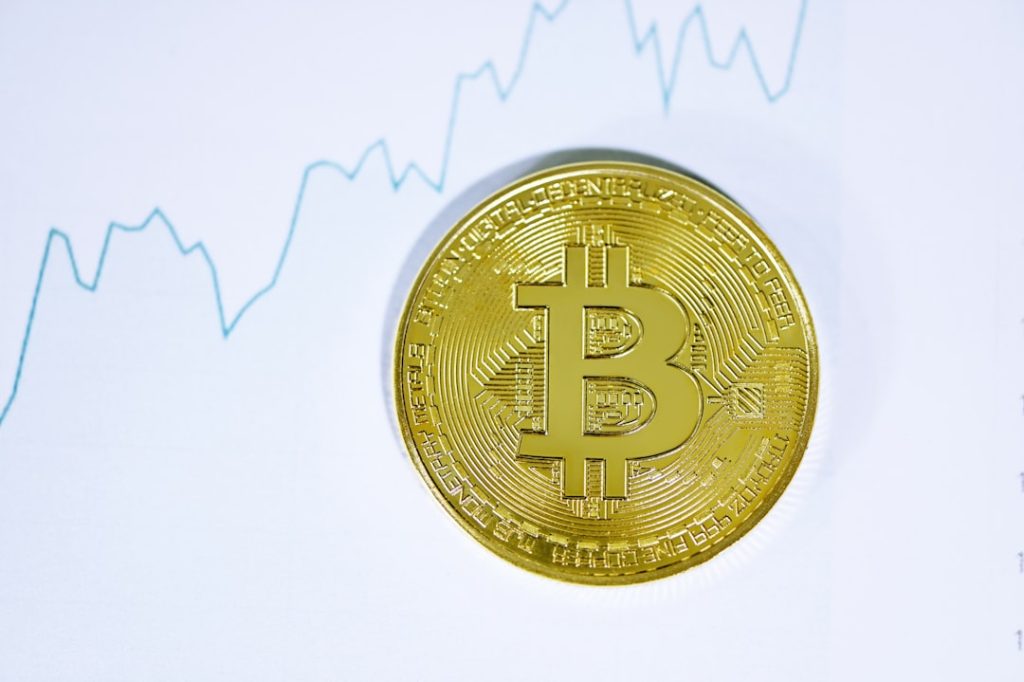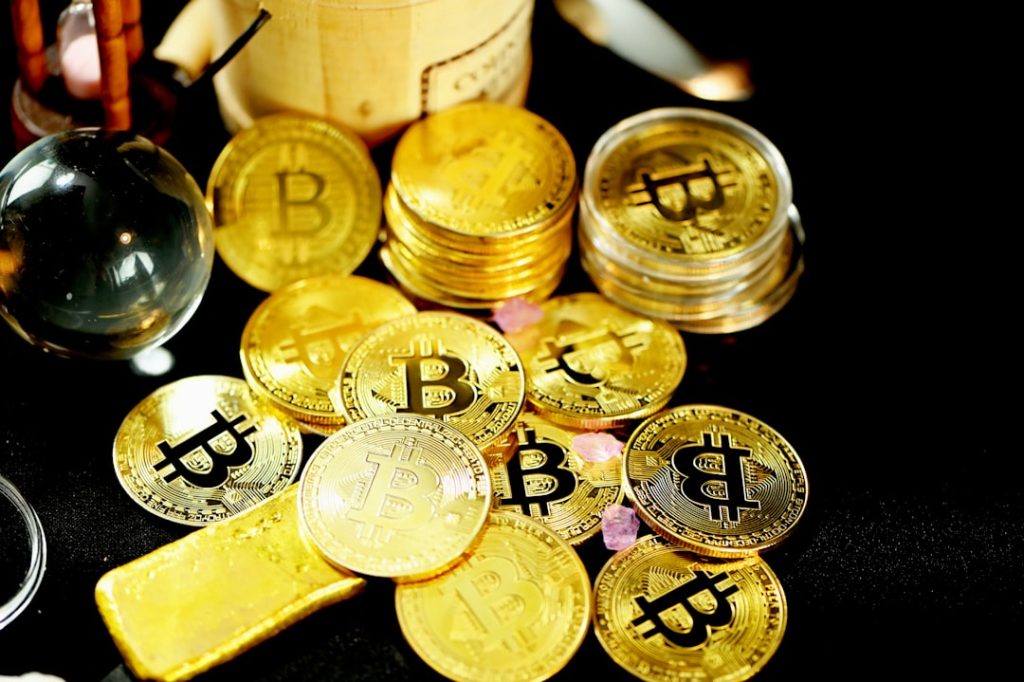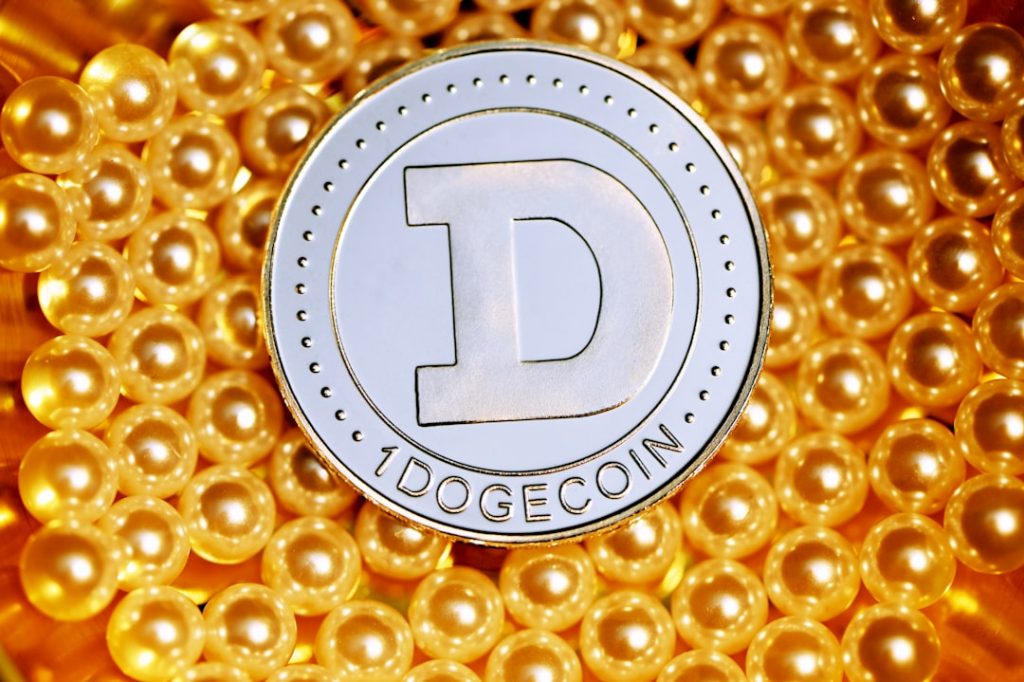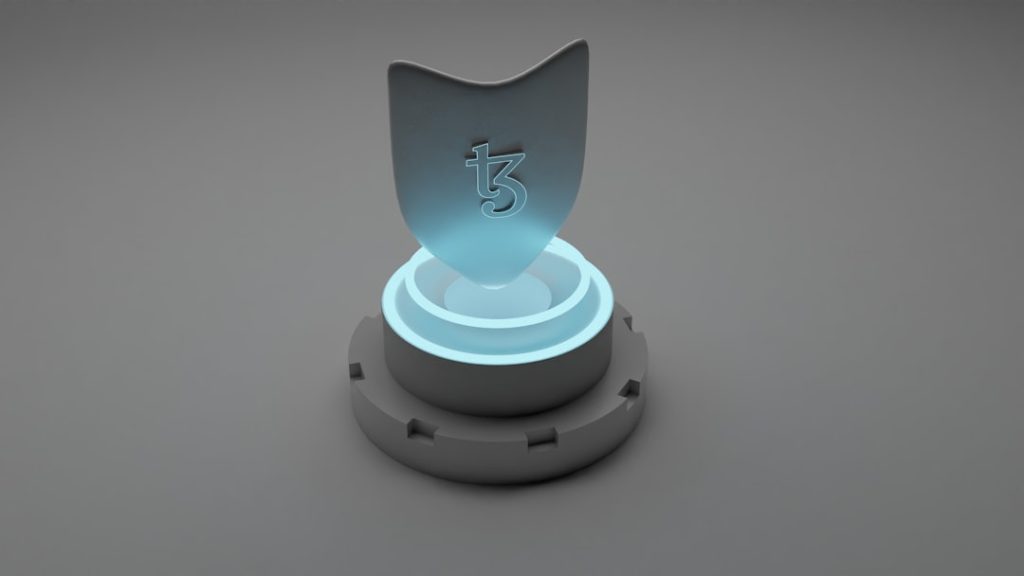Blockchain is a new technology that promises to make things more secure and transparent by using a special kind of database. However, there are some problems with blockchain that make it hard for everyone to use it easily.
Scalability: This means how well the system can handle more users and transactions. Right now, blockchain can be slow and struggle to keep up when lots of people use it at the same time.
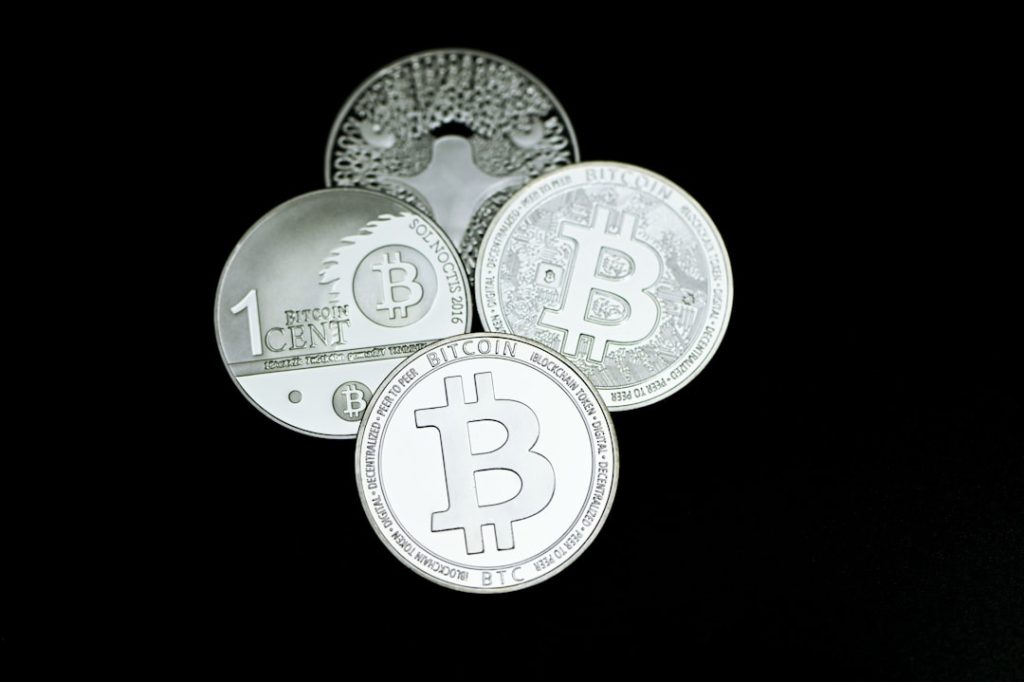
Energy Consumption: Blockchain uses a lot of electricity, especially for activities like mining, which is the process of adding new transactions to the blockchain. This is not good for the environment.
Complexity: Blockchain is very complicated. It requires a lot of technical knowledge to understand and use, which makes it hard for most people to get involved.
Cost: Using blockchain can be expensive. Each transaction often requires a fee, which can add up quickly, especially for small transactions.
Regulation: Governments are still figuring out how to regulate blockchain. This uncertainty can make people hesitant to use it because they don’t know if it’s completely legal or how it might be controlled in the future.
Even though blockchain has these problems, it also has a lot of potential. As technology improves, many of these issues might be solved, making blockchain more accessible and useful for everyone.
What is blockchain?
Blockchain is a special type of database that stores information in blocks linked together in a chain. This makes it very secure and hard to change once the data is added.
What are the main problems with blockchain?
Blockchain faces several challenges, including scalability, energy consumption, complexity, cost, and regulatory issues.
What is scalability in blockchain?
Scalability refers to how well a system can handle an increasing number of users or transactions. Blockchain can be slow and struggle to keep up when many people use it at the same time, leading to delays.
How does blockchain affect energy consumption?
Blockchain, especially the process of mining, uses a lot of electricity. Mining requires significant computer power, which is not environmentally friendly.
Why is blockchain considered complex?
Blockchain technology is very complicated and requires a lot of technical knowledge to understand and use. This complexity makes it difficult for the average person to get involved with blockchain.
Is using blockchain expensive?
Yes, using blockchain can be costly. Each transaction often requires a fee, which can add up quickly, especially for smaller transactions.
What are the regulatory issues with blockchain?
Governments are still figuring out how to regulate blockchain and cryptocurrencies. This uncertainty can make people hesitant to use blockchain because they are unsure about its legal status and future regulations.
What solutions exist for blockchain’s scalability issue?
Developers are working on solutions like sharding, which breaks the blockchain into smaller pieces, and layer 2 protocols, which add another layer on top of the blockchain to handle more transactions.
How can blockchain’s energy consumption be reduced?
One way to reduce energy consumption is to use more energy-efficient methods like Proof of Stake (PoS) instead of Proof of Work (PoW). PoS requires less computer power and therefore uses less electricity.
What can be done to make blockchain less complex?
Creating more user-friendly tools and providing better education about blockchain can help make the technology more accessible to the general public.
Are there ways to reduce the cost of using blockchain?
Developers are working on ways to reduce transaction fees, such as improving the efficiency of the network and creating alternative methods for processing transactions that are cheaper.
Will blockchain be regulated in the future?
As blockchain and cryptocurrency technologies continue to grow, it is likely that clearer regulations and guidelines will be developed by governments, helping to build trust and encourage wider adoption.
Where can I learn more about blockchain and its challenges?
Understanding Blockchain
Blockchain is a special kind of database that stores information in a very secure way. Instead of storing data in tables, blockchain stores data in blocks that are linked together in a chain. This makes it hard to change the data once it’s added, which is why blockchain is considered very secure.
Problems with Blockchain
Scalability
Problem: Scalability refers to how well a system can handle an increasing number of users or transactions. Currently, blockchain can be slow and struggle to keep up when lots of people use it at the same time. This can make transactions take a long time to process.
Solution: To solve this, developers are working on solutions like sharding and layer 2 protocols. Sharding breaks the blockchain into smaller pieces that can be processed separately, while layer 2 protocols add another layer on top of the blockchain to handle more transactions.
Energy Consumption
Problem: Blockchain, especially the process of mining, uses a lot of electricity. Mining is the process of adding new transactions to the blockchain, and it requires a lot of computer power. This is not good for the environment.
Solution: One solution is to use more energy-efficient methods, like Proof of Stake instead of Proof of Work. Proof of Stake uses less electricity because it doesn’t require as much computer power.
Complexity
Problem: Blockchain is very complicated and requires a lot of technical knowledge to understand and use. This makes it hard for most people to get involved.
Solution: Creating more user-friendly tools and providing better education about blockchain can help more people understand and use this technology.
Cost
Problem: Using blockchain can be expensive. Each transaction often requires a fee, which can add up quickly, especially for small transactions.
Solution: Developers are working on ways to reduce these fees, such as improving the efficiency of the network and creating alternative methods for processing transactions.
Regulation
Problem: Governments are still figuring out how to regulate blockchain and cryptocurrencies. This uncertainty can make people hesitant to use it because they don’t know if it’s completely legal or how it might be controlled in the future.
Solution: Clearer regulations and guidelines from governments can help build trust and encourage more people to use blockchain.
What Experts Say
“While blockchain technology has the potential to revolutionize many industries, it still faces significant challenges that need to be addressed for wider adoption.” – Investopedia
Example of Blockchain in Action
To better understand blockchain and its potential, you can watch this video:
Glossary of Key Terms
- Blockchain: A secure, decentralized database that stores data in linked blocks.
- Block: A container for storing a list of transactions on the blockchain.
- Mining: The process of adding new transactions to the blockchain, which requires a lot of computer power and electricity.
- Proof of Work: A method used by some blockchains to verify transactions that requires a lot of computer power.
- Proof of Stake: A more energy-efficient method for verifying transactions that requires less computer power.
- Sharding: A technique to improve scalability by breaking the blockchain into smaller pieces.
- Layer 2 Protocols: Additional layers built on top of the blockchain to handle more transactions.
Even though blockchain has these problems, it also has a lot of potential. As technology improves and more solutions are developed, these issues might be solved, making blockchain more accessible and useful for everyone.

